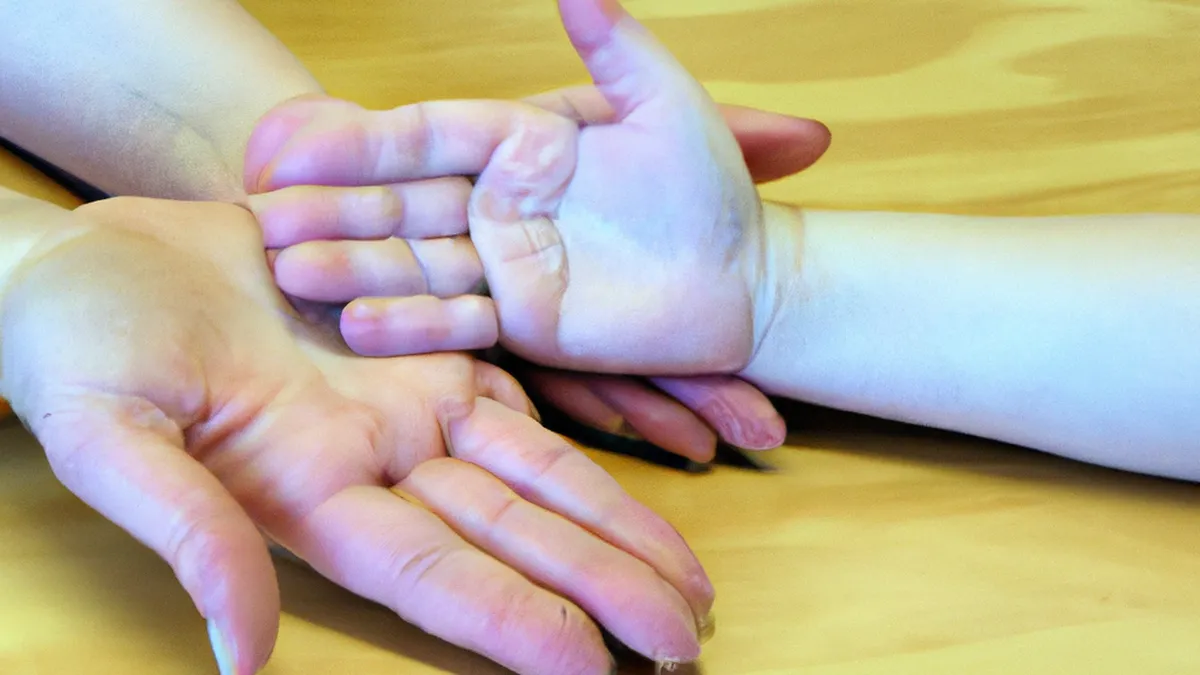Enjoyable Methods for Improving Wrist Mobility
How to Use Games to Teach Wrist Mobility to Children
Wrist mobility helps children participate in activities like writing, drawing, and sports. Many children struggle with wrist flexibility, impacting their performance. Teaching wrist mobility through games makes learning fun. This blog post highlights effective games, tips, and benefits of improving wrist mobility.
Why Wrist Mobility Matters
Wrist mobility supports a child’s overall development. Here are key reasons why it matters:
1. **Fine Motor Skills Development**: Children use fine motor skills for writing, drawing, and cutting. Improved wrist flexibility enables smoother movements and enhances creativity.
2. **Sports Performance**: Sports often require strong, flexible wrists. Better wrist mobility enhances performance in activities such as gymnastics, swimming, and basketball.
3. **Injury Prevention**: Flexible wrists reduce the risk of strains and injuries. Enhancing wrist mobility helps children avoid discomfort and long-term issues during activities.
4. **Enhanced Coordination and Balance**: Wrist mobility boosts hand-eye coordination and balance. As children control their wrist movements better, they improve overall coordination.
Fun Games to Enhance Wrist Mobility
1. The “Wrist Roller” Challenge
The “Wrist Roller” Challenge focuses on rolling a ball using wrist movements. Use a small, lightweight ball, like a tennis ball. Have kids sit on the floor with crossed legs. Place the ball in the center and challenge them to roll it back and forth using only their wrists. This game promotes wrist flexibility while enhancing focus and coordination.
2. “Rainbow Writing”
“Rainbow Writing” combines artistic expression with wrist exercises. Provide colorful markers and large sheets of paper. Ask children to draw a large rainbow using sweeping wrist motions. This activity improves wrist flexibility and encourages creativity. Extend the activity by having them write names or favorite words in various styles.
3. “Wrist Twister”
“Wrist Twister” adds a twist to the classic game of Twister for wrist mobility. Instead of colors, use wrist mobility exercises. Create cards featuring different wrist movements to guide the game.
Conclusion
Engaging children in games enhances their wrist mobility. Improved flexibility benefits their overall development and enjoyment in activities.
Below are related products based on this post:
FAQ
Why is wrist mobility important for children?
Wrist mobility is essential for a child’s overall development as it supports fine motor skills crucial for activities like writing and drawing. Improved wrist flexibility enhances sports performance, reduces the risk of injuries, and boosts coordination and balance.
What are some fun games to improve wrist mobility?
Some effective games to enhance wrist mobility include the “Wrist Roller” Challenge, where children roll a ball using their wrists, “Rainbow Writing,” which combines drawing with wrist exercises, and “Wrist Twister,” a variation of the classic game that incorporates wrist mobility movements.
How can engaging in these games benefit children beyond wrist mobility?
Engaging in these games not only improves wrist mobility but also enhances children’s focus, creativity, and coordination. These activities make learning enjoyable while supporting their overall physical and developmental growth.















Post Comment